Flowers
[S]Season / [P]Place
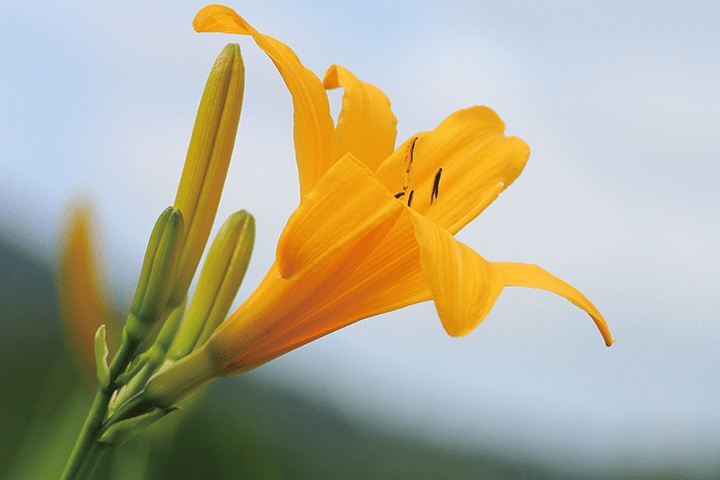
Nikko day lily (Broad dwarf day lily)
[S]Early - late July,
[P]marshland
In mid-July, yellow fl owers color the marshland, and they bustle with climbers come to spot these fl owers.
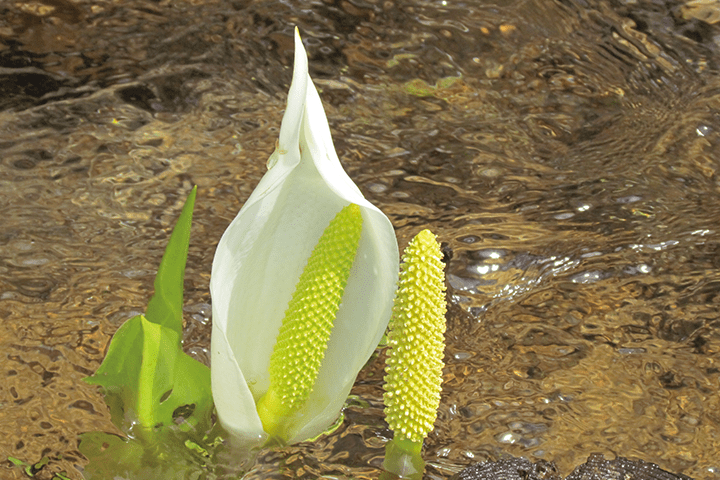
Skunk cabbage
[S]Mid May - mid June
[P]marshland, woodland
Plant representative of Oze that blooms with the melting snow, forming colonies in the various marshes.
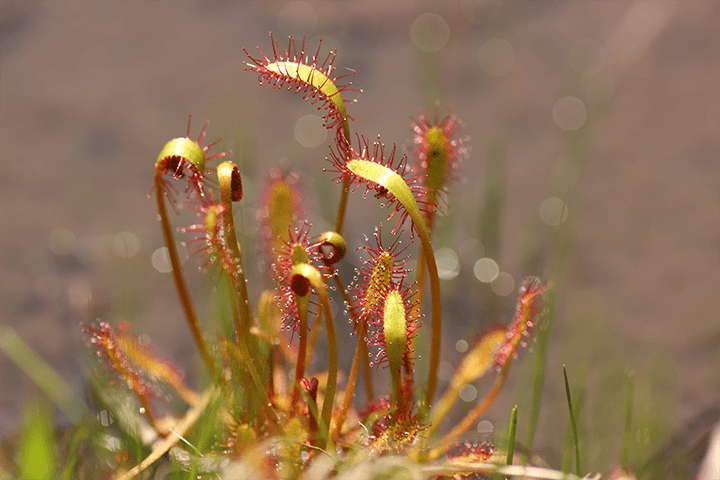
Great sundew (Cape sundew)
[S]Early July - early August
[P]Ozegahara, Numajiri Marsh
A rare carnivorous plant that thrives around the lake edges of marshland.
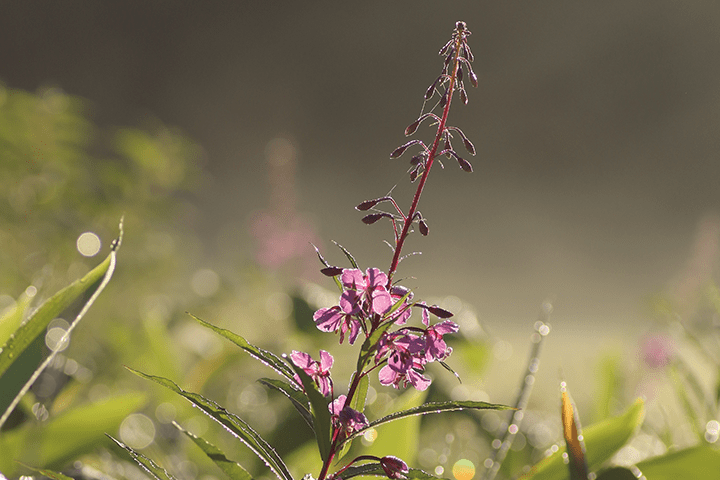
Willowherb
[S]Mid July - mid August
[P]Oe Marsh
Grows large pink flowers on a plant of height 1-1.5m.
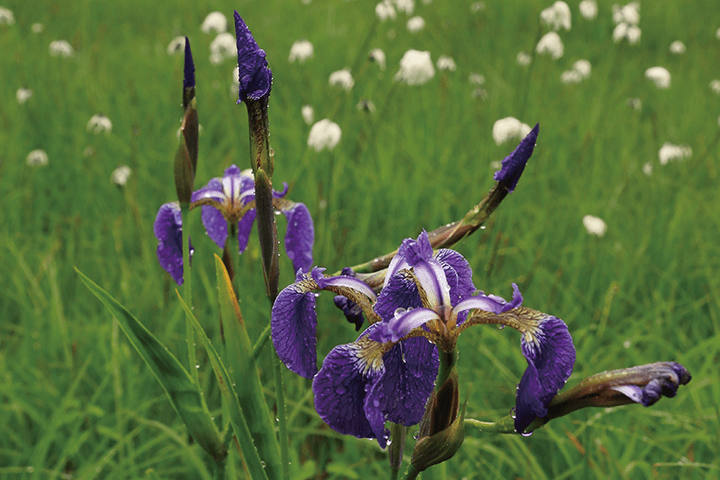
Arctic iris
[S]Mid June - mid July
[P]marshland, colonizes edges of Ozenuma
Purple flowers that are often seen around Lake Ozenuma.
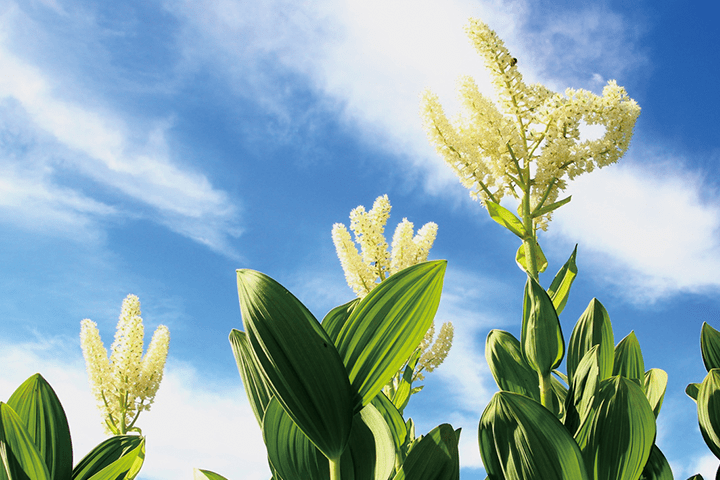
White hellebore
[S]Mid June - mid July
[P]marshland, woodland, alpine grassland
In years when flowers are abundant, a carpet of white flowers spreads across the ground.
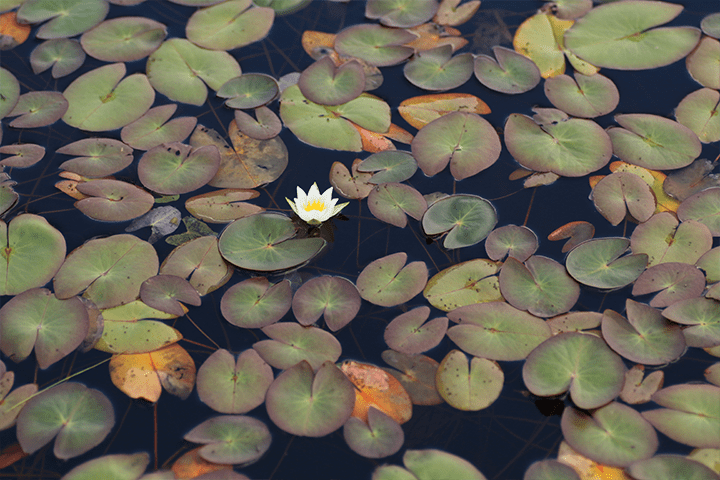
Water lily
[S]Late June - late August
[P]Ozegahara, Ponds of Numajiri
Flowers open in the morning, and close in the evening. Leaves turn red in fall.
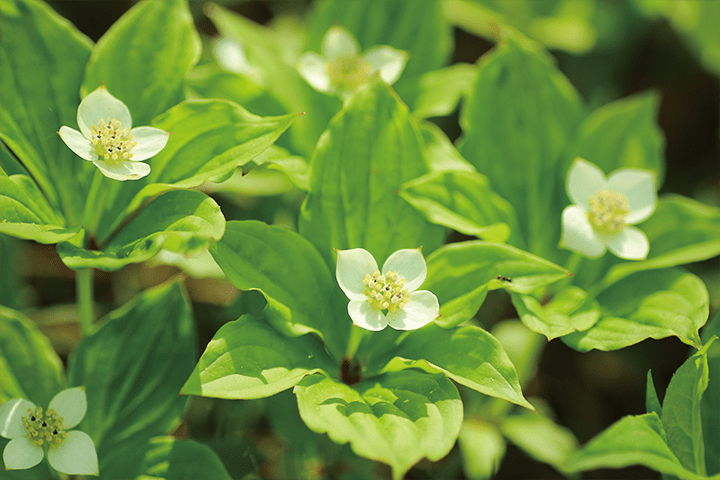
Creeping dogwood
[S]Early June - late July
[P]woodland
Flowers only bloom within the groups of six leaves, not within the groups of four leaves.
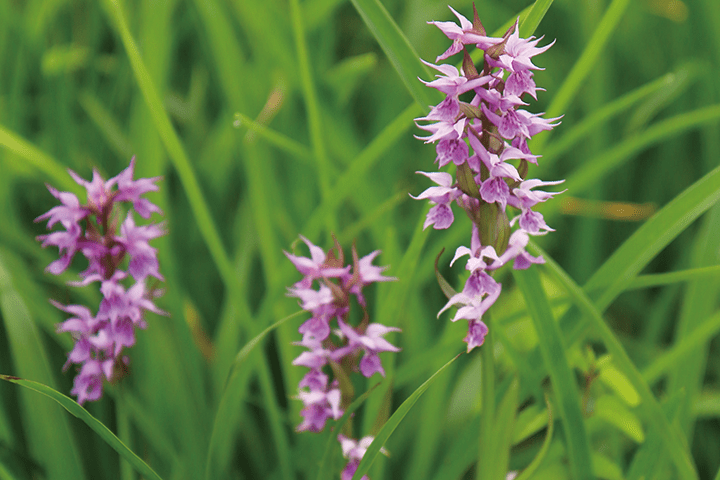
Keyflower orchid
[S]Mid June - mid July
[P]marshland, woodland edge
It displays vivid magenta flowers in the marshland of early summer.
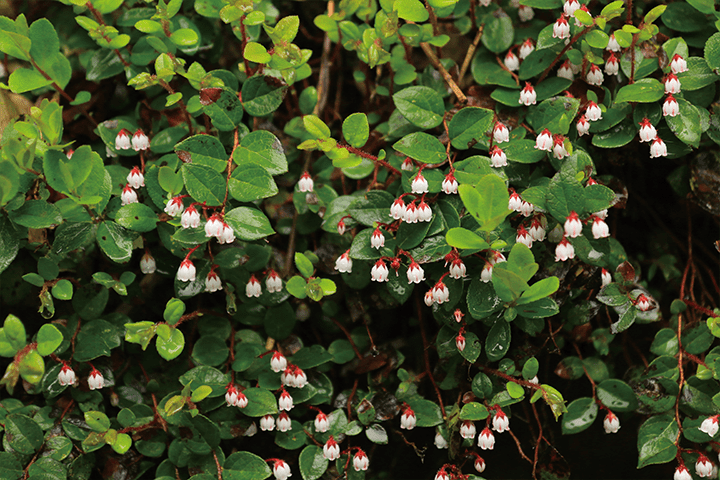
Akamono (Gaultheria adenothrix)
[S]Mid June - mid July
[P]woodland
White flowers, resembling Lily of the valley, that bloom on the forest floor.
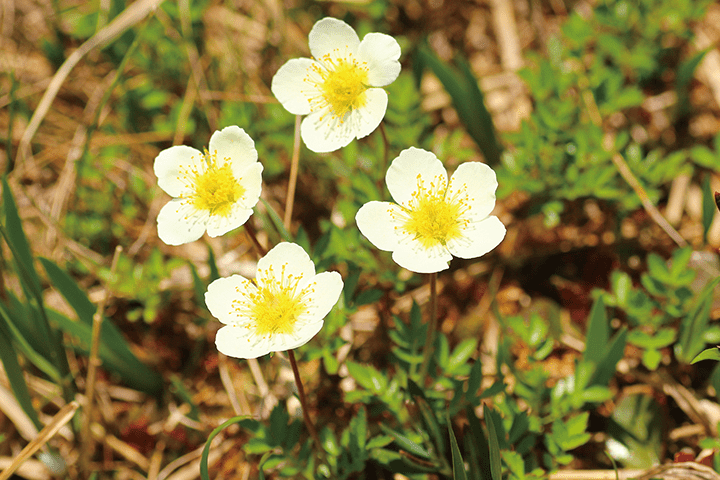
Chinguruma (Geum pentapetalum)
[S]Early June - early July
[P]marshland, high mountains
Colonies can be found in Numajiri, Mt. Tashiro, and Mt. Aizukoma.
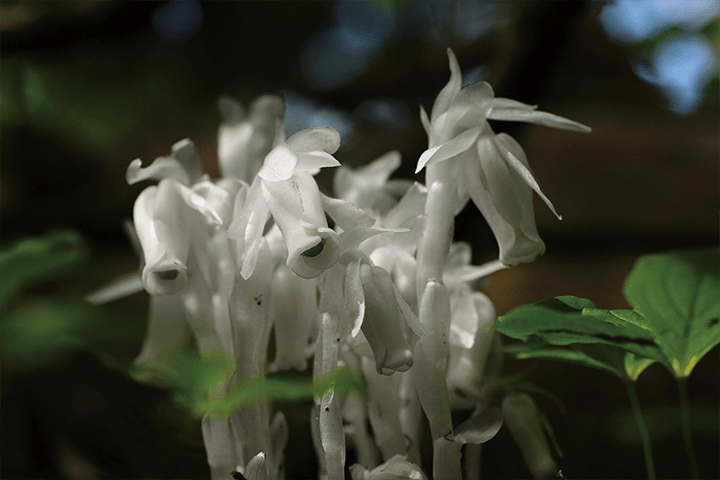
Ginryoso (Monotropastrum humile)
[S]Early June - mid July
[P]woodland
A plant without chlorophyll, also called as Ghost mushroom.
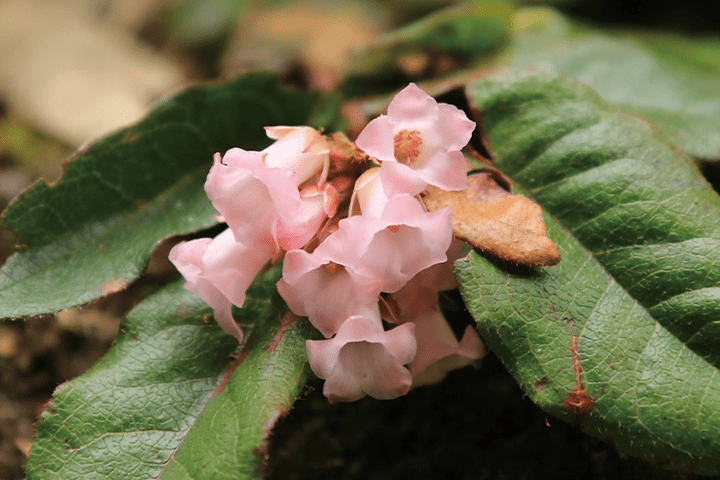
Iwanashi (Epigaea asiatica)
[S]Mid May - mid June
[P]woodland
Small pink flowers heralding spring in Oze.
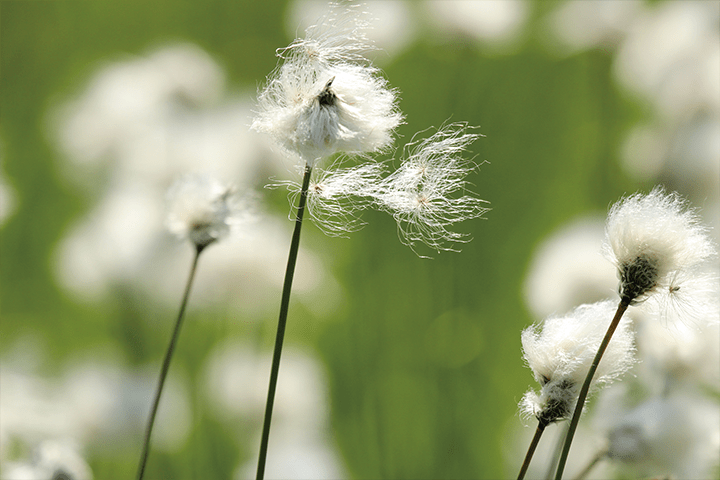
Tussock cottongrass
[S]Late June - early July
[P]marshland
After it has finished flowering, it bears seed-heads like tufts of cotton.





